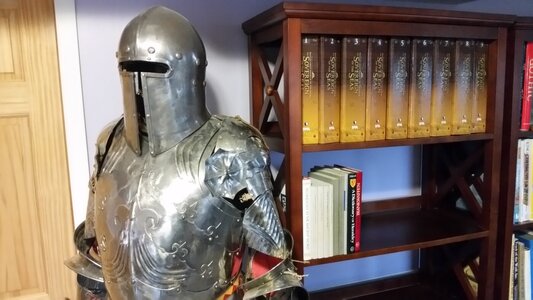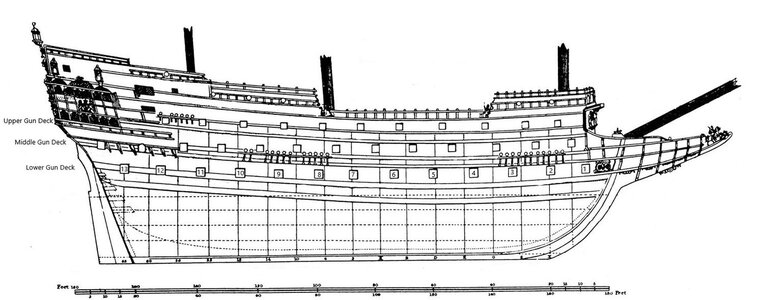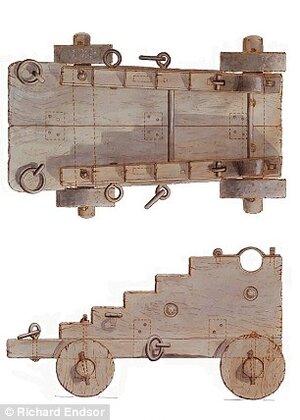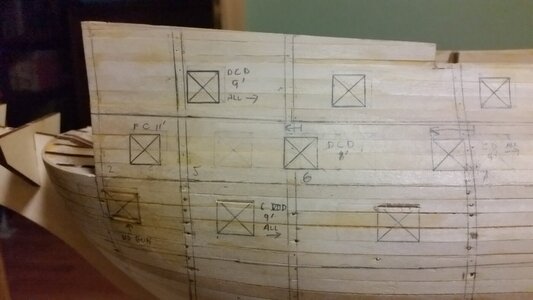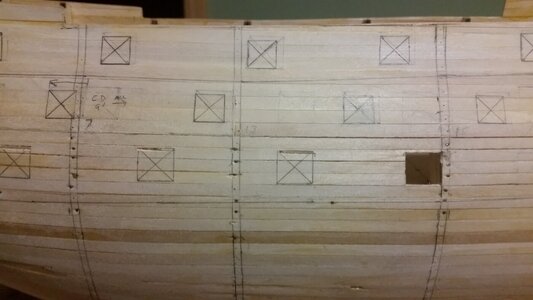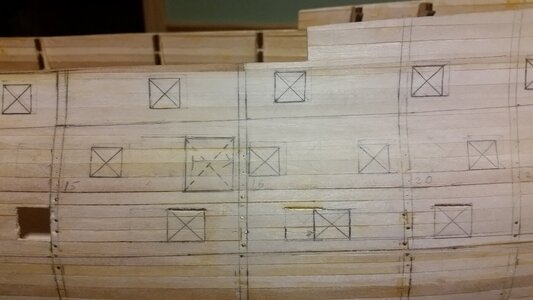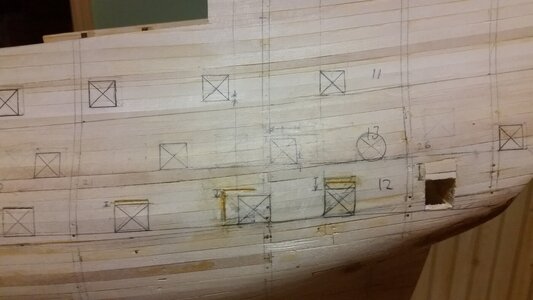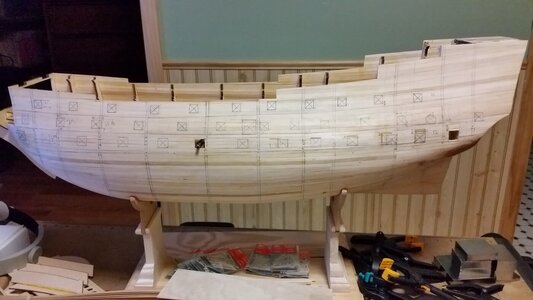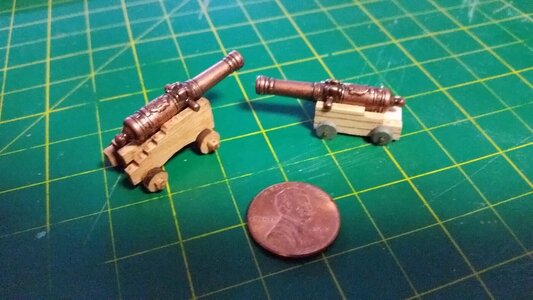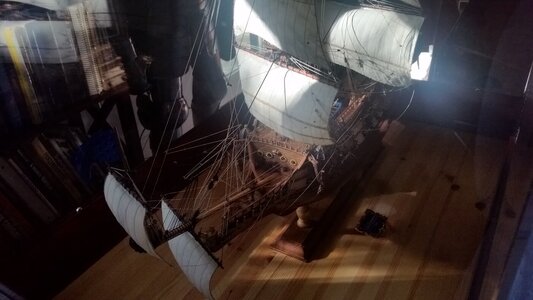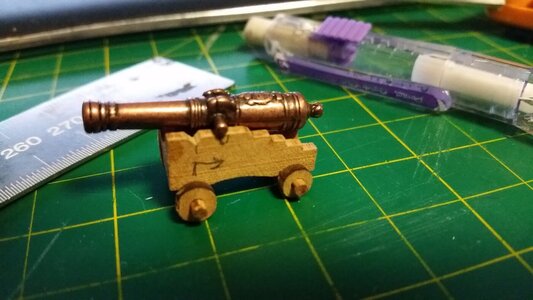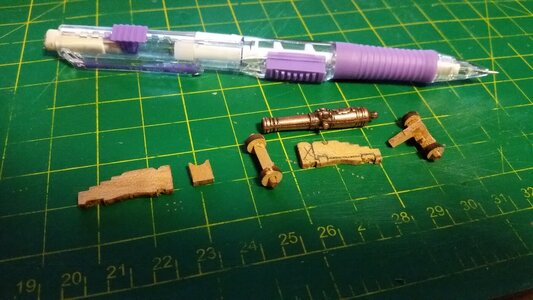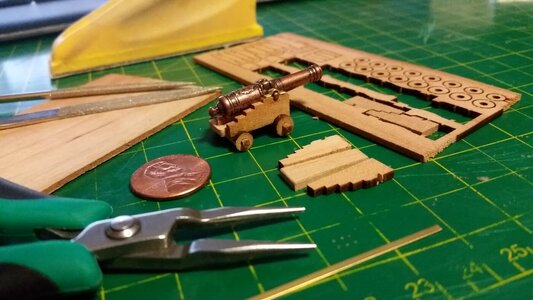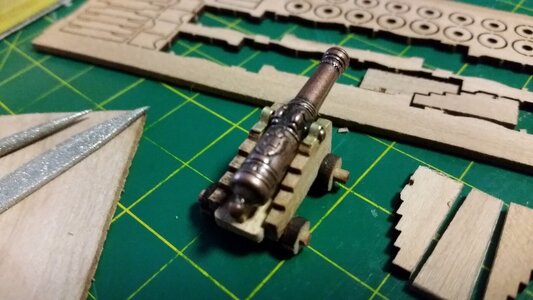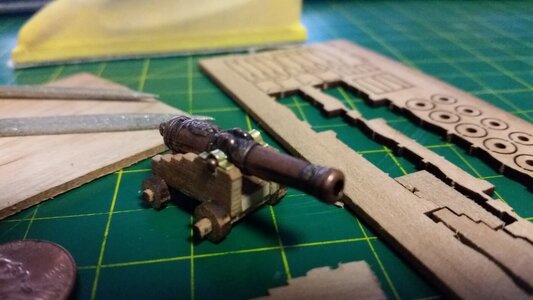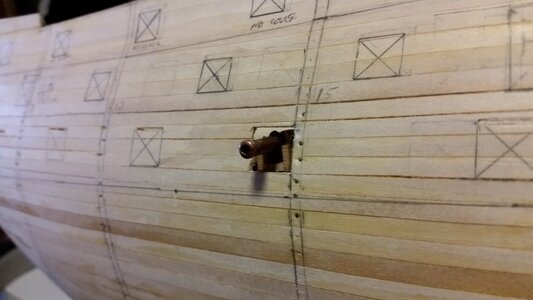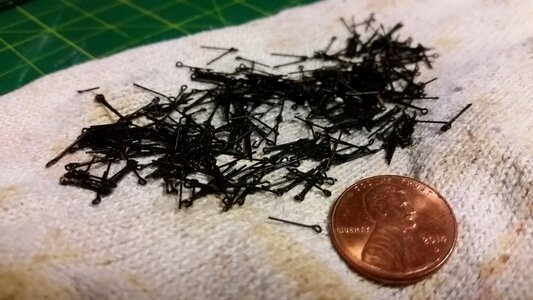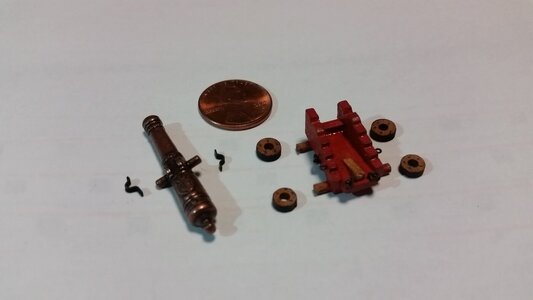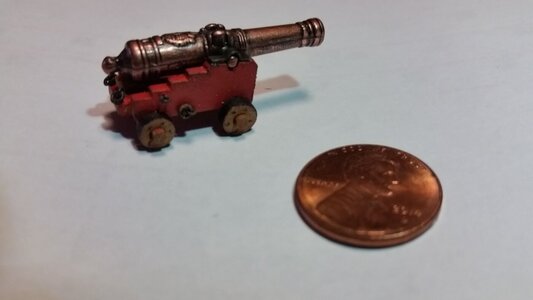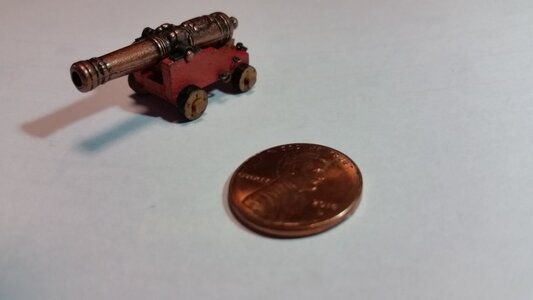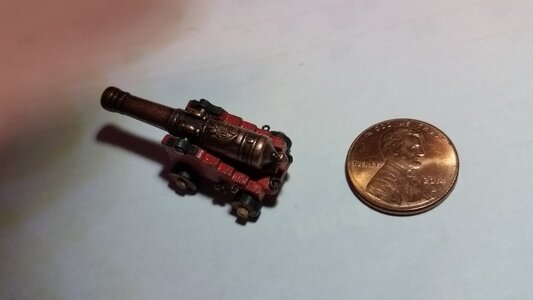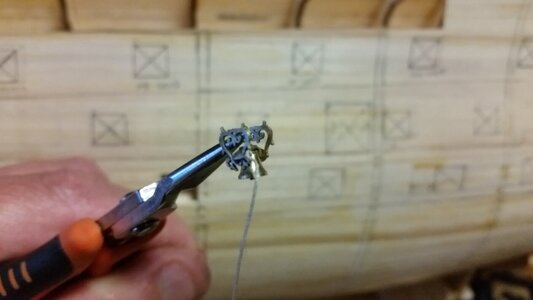I'm just gathering all the sources I can, verifying them with learned advice from those who have long studied ships of this time (when available), studying other model builder's examples, then ranking possible alternative features from probably realistic to utter fantasy, then choosing which features appear to be the most accurate from what information there is. Then you take the next step in construction of your model. I may miss a good source or two, and I wish I had the background of someone like Frank Fox or James Sephton, who specialize in 17th century ship design. I have saved all of Mr. Fox's comments on MSW forum regarding the Sovereign for reference, and there is a wealth of information there. However, if you do enough searching, most of the features that are in doubt can be decided upon. Where no information on a feature is found, and there are no similar examples to draw from on other ships, you have to take your best guess. What I should do at this early stage is chronicle the changes I am making in detail to the DeAgostini model so others can see what was changed, and decide for themselves if the same changes should be incorporated in their model. That way, they don't have to reinvent the wheel. I'll start by logging the location changes to the gun ports.Kurt,
You have really captured the profile, hull lines and deck widths - excellent difficult start - looking very good. I will be also very interested to see how you plan on detailing the upper deck inner bulkheads. Early drawings indicate some curved shapes. McKay's image for the inner forecastle deck bulkhead is flat with two large doors (I plan on mirroring that look) not sure if it is historically correct - Your level of research is light years ahead of mine.
Very much enjoying following and learning from your current log.
Regards,
The height of the lower gun deck is as it was set by the DeAgostini model design. Gun port location changes to the middle and upper gun decks will determine where vertical location of the those decks will be constructed. Since the stern is to be gutted, an extension of the lower gun deck will have to be created, like it was done in the model of La Couronne. Otherwise there will be nothing for the cannon carriages to rest on. Since the shape of the hull was largely determined by DeAgostini, minor changed to the shape are all that will be allowed to complete this model. Otherwise, if large changes are required, it would be better to start with a new hull from scratch. My changes won't make it perfect, but it will be an improvement. None of the model makers I've seen get it all correct with regard to the hull and deck design, so everyone needs to modify their model to some degree to make it more accurate. Don't even get me started on the McKay design. So far I've found errors in his capstan design, which capstan he illustrates using with the messenger line, accommodation ladder placement interference with the rear capstan, and a host of other obvious problems that even a modern marine engineer like myself can pick out without conferring with a wooden ship historian. It is dangerous NOT to challenge all of the internal ship features of McKay's design and verify them with other sources, not if you care about placing internals in your model.
So far, my study of the lower gun deck will force me to move the rearmost gun port locations once again, lowering them until they actually do appear in a straight and level live above the water, just as in Payne and Van de Velde's depictions. This will allow the stern chasers to be lowered on my model to their correct positions, low on the counter.
To answer your comment about what features will be incorporated on the interior decks, certain features will be made, others left out. The problem is that you will not be able to see most of them through the narrow spaces offered by the gun ports. Many details would never be seen without a borescope. I am debating whether or not to include breeching ropes and gun tackles on the carriages of the middle and lower gun decks, since they present a huge amount of work and may not be visible later, even if the interior is illuminated. Such details are necessary in half hull models, but not in fully rigged whole models. Suggestions on what details to place in the interior are welcome. It would be nice to be able to furnish the gallery spaces and cabins which are furnished with portals. Doris had the advantage of working on a larger sized model that 1:84 scale, which places more limitations on detail. As for bulkhead shape, that will have to be researched before constructing. If you have any sources besides McKay (yuck!), let me know. I have detailed photos of Doris's bulkhead locations and shape from her construction photos. And if any of you fellow builders have comments on construction details offered by James Sephton in his book, please let me know. I already noted the Sephton and McKay both cite a cannon of VII as having a projectile weight of 60 pounds, where Frank Fox stated that it should be 42 pounds. These bits of information are important.
Last edited:





 --- closes the case.
--- closes the case.